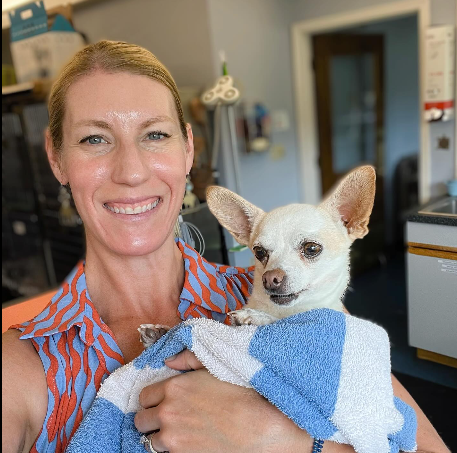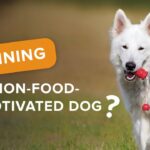If you’re a dog owner, you’ve likely experienced your furry friend trying to crawl into your lap for a cuddle. While adorable, this behavior can sometimes be confusing and inconvenient if you have a large dog!
So why do some dogs like being held like infants? There are several possible explanations rooted in psychology and instinct. Read on to learn the theories behind this quirky canine habit.
The Desire For Affection
Like humans, dogs are social animals who crave affection and physical touch. Being held releases oxytocin (the “love hormone”) which produces feelings of comfort, pleasure and trust. Your dog might see you as their parent/caregiver and so wants to bond via close contact.
Puppies are used to being constantly handled by their mothers, so retaining this desire for touch into adulthood is understandable. Certain breeds that were historically lapdogs (e.g. Cavalier King Charles Spaniels, Chihuahuas) may be especially prone to enjoying cradling.
The Warmth Factor
Dogs struggle to regulate their body temperature and often find snuggling up to us warm-blooded humans supremely soothing. If your home is cold during the winter, being swaddled in your arms likely feels extra cozy for an icy pup!
Research also shows that mammals find physical warmth relaxing; by evoking memories of the maternal pouch, close contact with you triggers calmness and security for your fur baby.
Protection Seeking
Seeing you as their pack leader and guardian, some dogs inherently like being held because it makes them feel safe from perceived threats. Your embrace may simulate the shielded environment of the den where puppies start life surrounded by their mother and siblings.
Additionally, dogs have a lifelong sensitivity period where they seek care just like young infants – even into adulthood. Being cradled caters to this juvenile trait by making your pup feel nurtured.
Enjoying Elevated Vantage Points
In the wild, gaining higher ground allows dogs’ feral cousins (wolves, coyotes) to spot food and dangers more easily. This instinct of wanting to survey their surroundings from up high remains deeply ingrained in some breeds.
Husky types notoriously like climbing onto furniture, children’s play equipment etc for a good nose around. So when you pick up your dog, it lets them take in their environment from your comfortable arms before being safely returned to terra firma!
Relieving Anxiety And Stress
Some sensitive souls find the outside world frightening at times; this can apply to both rescue pups who’ve endured trauma and those naturally shy or easily spooked by noises, strangers etc. Being lifted up into a protective cradle helps these dogs feel at ease.
By supporting your pup’s back end under their rump, chest and head, you immobilize them which can have an appeasing and reassuring effect. This firm yet gentle restraint mimics restraint tactics mothers use on wriggly puppies to settle them.
Dominance Display
Confident, assertive dogs often enjoy raised vantage points for displaying status among fellow canines. Enjoying being held high could signify your dog relishes having others look up to them!
Breeds renowned for strong personalities and alpha behaviors like German Shepherds, Rhodesian Ridgebacks and even pint-sized Chihuahuas tend to prefer lofty positions broadcasting their dominance. They require respect so rely on you to provide it.
Addressing Health Problems
If asking to be cradled seems out of character for your formerly aloof fur baby, sore joints and limbs may be plaguing them. The warmth and support a cuddle provides can bring arthritic or elderly dogs welcome pain relief.
Likewise, very small and toy breeds prone to fragility or breakages can find comfort in not having to navigate steps and furniture unaided. So nurture your fragile pup by letting them recuperate in your arms.
When Should I Avoid Picking Up My Dog?
While for most pooches, regularly being held builds trust and deepens your bond, caution is advisable in certain scenarios:
• Straight after meals: Cradling right after eating may worsen bloat-prone breeds’ risk of gastric torsion or vomiting
• Around small kids: Squirming/wriggling reactions could cause accidental injuries
• If they dislike it: Forcing interaction will erode confidence and trust
• When injured or recuperating: Excess handling against medical advice aggravates wounds
Setting Clear Boundaries
To prevent overly demanding behavior, teach puppies and dogs when cuddle times are scheduled. Giving too much unwanted attention can reinforce clinginess and anxiety upon separation. Reward quiet independence by reserving handling for walks, training sessions etc.
If you suspect fearfulness or stress is the motivator for excessive physical contact, address this via gradual exposure to confidence-building stimuli under controlled conditions. Meanwhile redirect to favorable chew toys.
Use phrases like “All done” to underscore when hug time ends while praising calmness. This clarifies what’s appropriate contact, avoiding confusion. Consistency molds good conduct.
In Summary
If your dog tries nestling into your lap unprompted, they likely crave affection, warmth and protection. By evoking parental memories of complete care and devotion, you become your pup’s ultimate comfort zone in an uncertain world.
This nurturing desire explains much lapdog behavior but their intentions are pure – they just adore you! So if having a furry baby substitute suits you both, cuddle away. Just beware any emerging neediness, set boundaries and restrict handling if your pup seems distressed or unwell.
With empathy and patience, you can determine why your dog likes baby-style snuggles and if indulging or discouraging this instinct is right for your unique friendship.

Dr. Allison Kramer is a seasoned veterinarian with a Master’s degree in Animal Behavior and over 10 years of experience specializing in canine health and behavior. Her expertise in positive reinforcement training and holistic care enhances the well-being of dogs and fosters strong pet-owner relationships. For expert advice and valuable insights, follow Dr. Kramer on Instagram @dr.allisonkramer.





